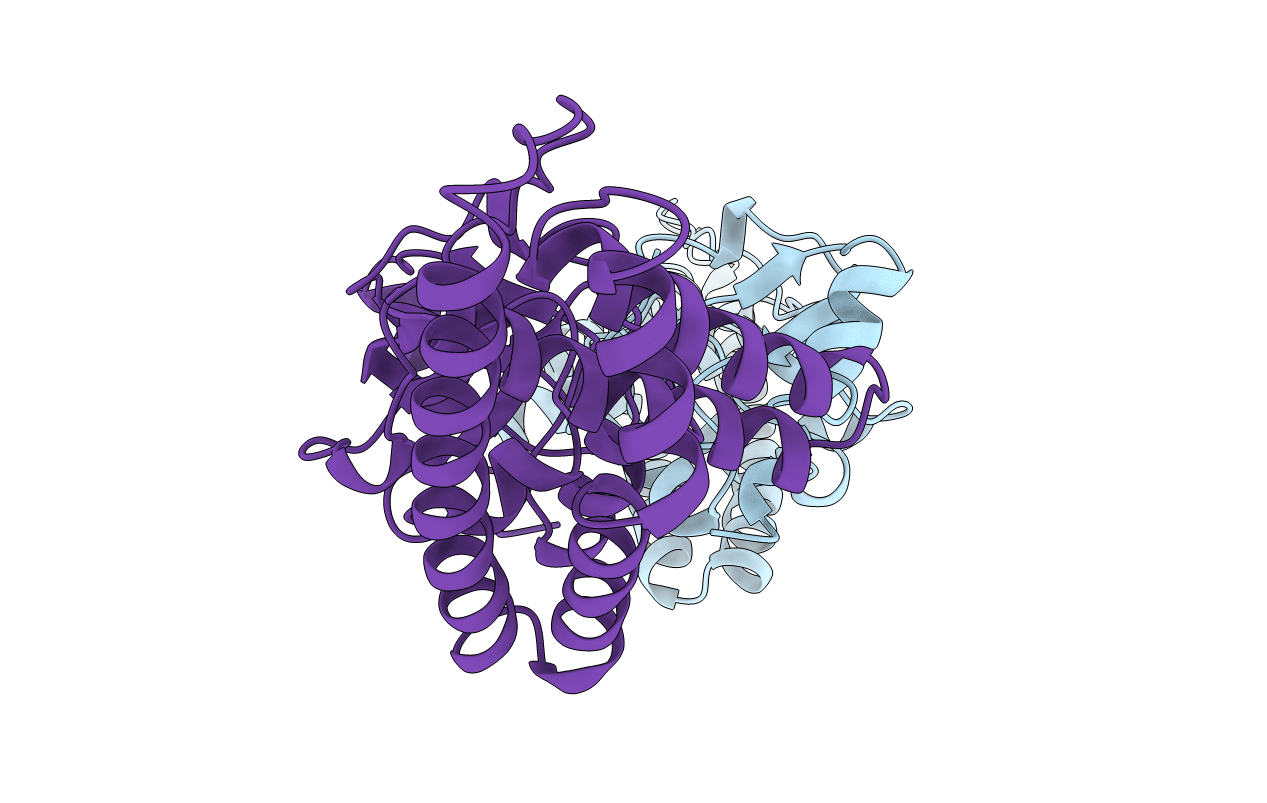
Deposition Date
1996-05-21
Release Date
1996-12-07
Last Version Date
2024-02-14
Entry Detail
PDB ID:
1ZYM
Keywords:
Title:
AMINO TERMINAL DOMAIN OF ENZYME I FROM ESCHERICHIA COLI
Biological Source:
Source Organism:
Escherichia coli (Taxon ID: 562)
Host Organism:
Method Details:
Experimental Method:
Resolution:
2.50 Å
R-Value Free:
0.30
R-Value Work:
0.20
R-Value Observed:
0.20
Space Group:
P 21 21 21


